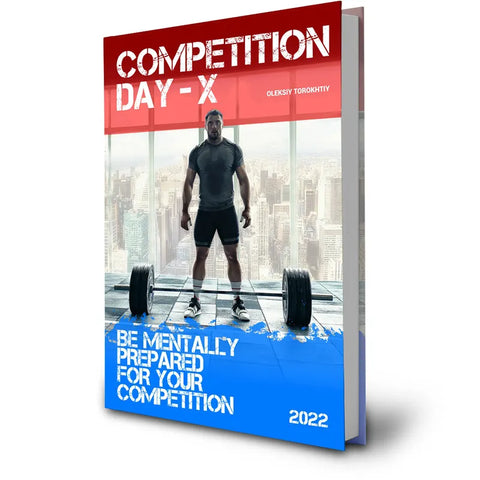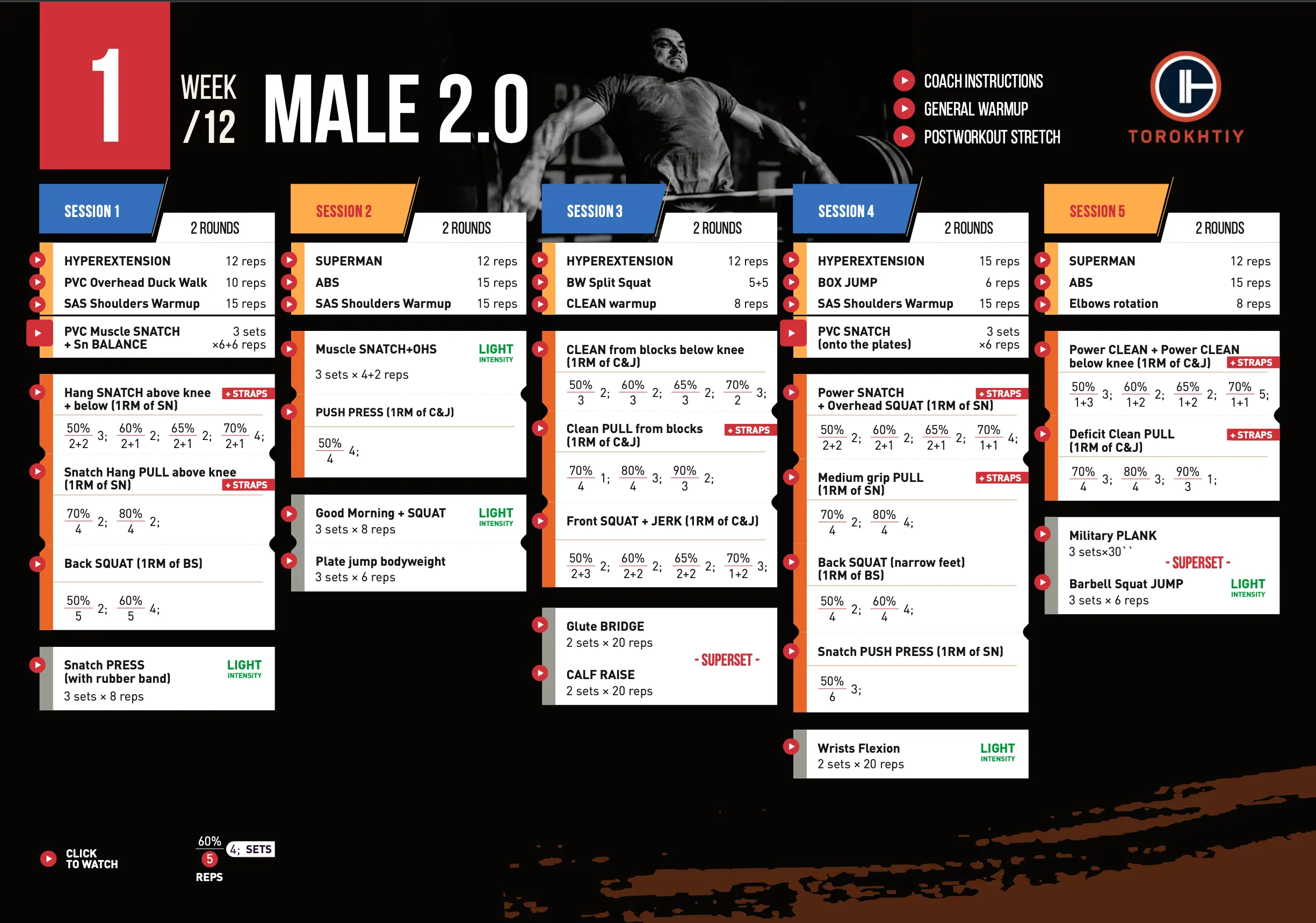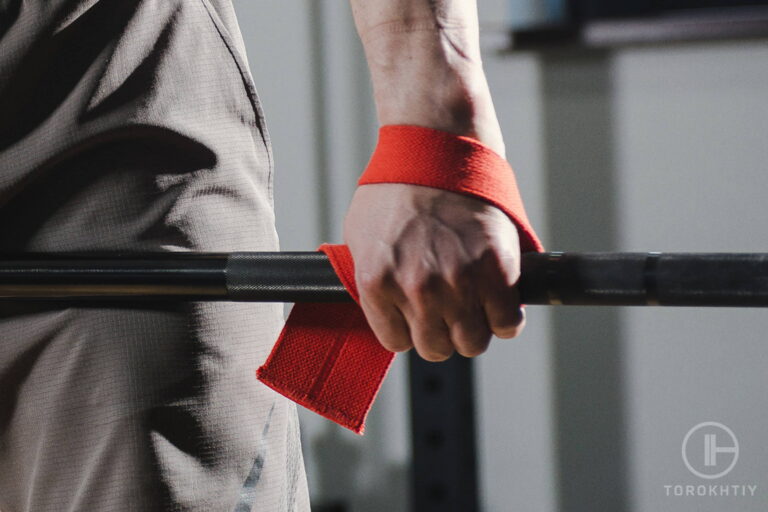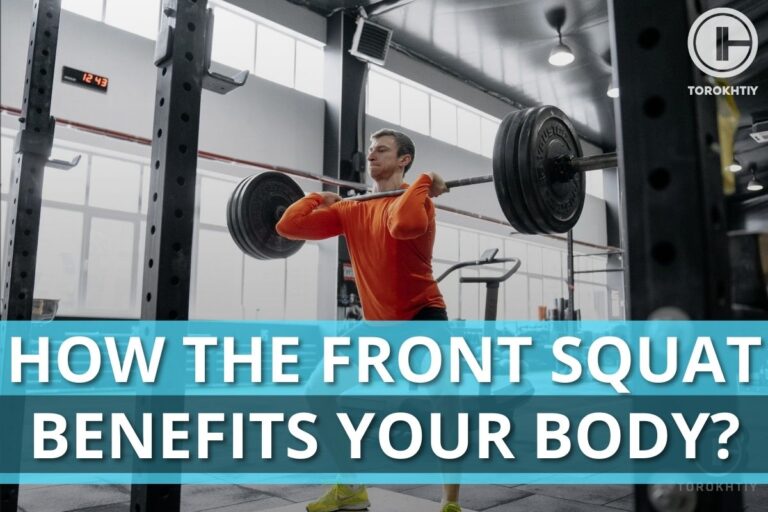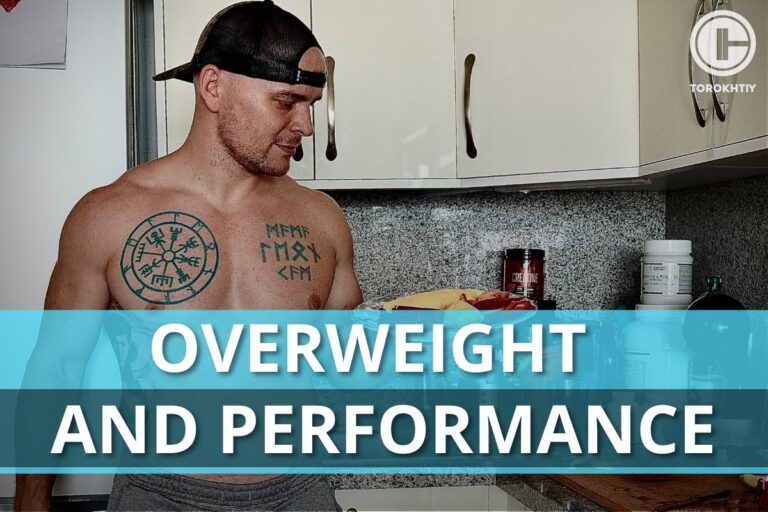My Pre-Competition Tips
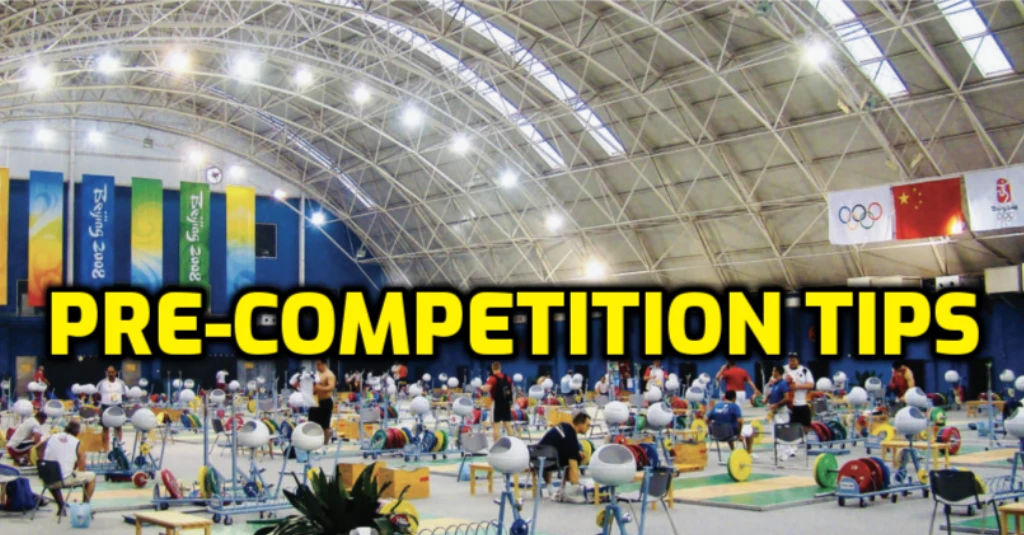
This article also available as audio. Check this out!
Subscribe and listen it anywhere:
The rise in popularity of Olympic weightlifting over the past 10 years has greatly increased the accessibility of the competition: today, in many countries, there are practically no barriers to participation in local competitions, anyone of any age and ability can compete. Moreover, the popularity of fitness has significantly increased the number of participants in competitive weightlifting at the national level.
Also, such a phenomenon appeared, competitions among “amateurs”, where the organizers initially declare that these competitions are primarily for people who are in weightlifting for “health and soul.” It’s nice to know that such athletes even have their own definition – recreational weightlifter.
Although there are weightlifting competitions, it does not follow that everyone is aware of what to prepare, what to do, and how to participate in it. Beginners and even some coaches have numerous questions about how to prepare, and there are procedures and regulations for the competitions itself that remain unclear.
Below are some of my tips for preparing for a weightlifting competition. They do not cover absolutely everything in detail. This is just a small part of my COMPETITION DAY-X book on this topic.
After all the hard training the day of competition has finally arrived. One of the biggest obstacles for a positive experience in weightlifting competition for beginners is how you deal with nervousness. I find that the more you know about how a competition meet should run, the less anxiety you will have to deal with. I approach the competition day as if it is a great holiday that I’ve been diligently preparing for a long time. After all, a positive attitude with excitement of competing is the first step to success. On competition day I’ve had things like forgetting my official accreditation at the hotel and having to go back and get it to another competition where I discovered a tear in my singlet moments before going onto the platform. However, with the mindset of a great holiday destination, I would view those along the way mishaps as minor and keep the positive energy for the platform.
This is a brief outline of how a weightlifting competition works. Depending on the level of the olympic weightlifting competitions, your coach may have attended a meeting for the coaches and officials that would have taken place the night before the event to handle any last minute details about the event. So when you show up to the event, the official weigh in is your first point of contact.
When you work with a coach he should know all this, but just in case, I suggest going through the basic flow and rules of the competition, which will be useful for you to know in order to react correctly. You can learn more about the rules on the IWF website – LINK.
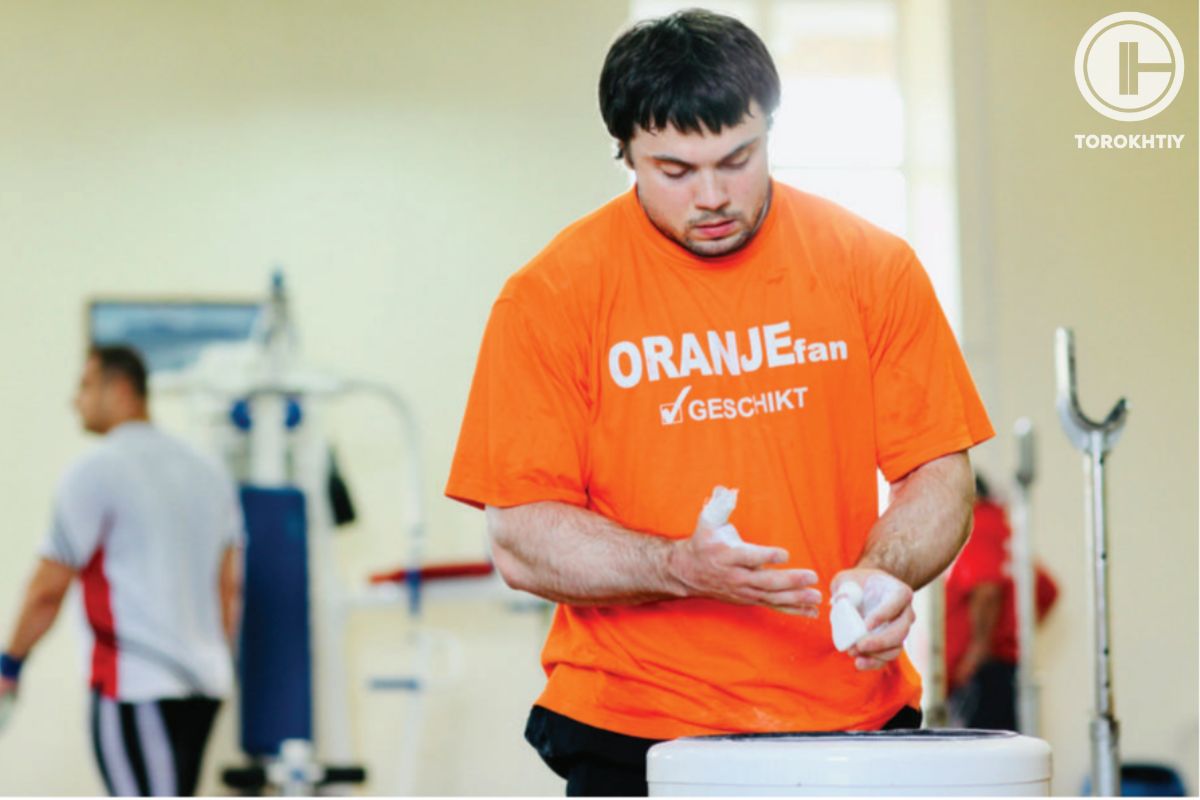
It is a good question if you can/should watch competition before your own performance. As you can see on international competition sometimes even TOP athletes (for example Lasha Talakhdze) can sit in the venue and watch the performance of his Georgian teammates. The Ukrainian national team coaches had a negative attitude to watching the competition a day or two before my scheduled session. Of course, this can work differently for everyone, but if I saw a competition on the eve of my performance, I felt over excited and instantly imagined myself on the platform, which was immediately accompanied by an accelerated heartbeat and sweating palms. Basically I started to get nervous. I am of the opinion that it is better to avoid this before the competition. In general, I tried to talk less the last two days before the competition in order to accumulate “emotional energy” and throw it out at the competition.
The weight-in happens two hours before your session is scheduled to start. Remember that once the weighing in process starts, the official clock has started for your session. There will be an official start list for your session. You may have to produce photographic identification such as a driver’s license or a passport, although some local level competitions do not require this ID or have start lists. The start list will be posted at the entrance to the weigh in area. It will have your pre-determined by draw lot number, your name, date of birth, weight category. The lot number is sometimes used for the order that the athletes are to be weighted. It can also be used if two or more athletes have the same opening attempt number and then the lowest to highest number lifts first.
The weigh in will be conducted in a private area with a sanctioned referee of your gender. Meaning that only female referees will be present during a female participant weigh in while male referees are present during a male participant weigh in.
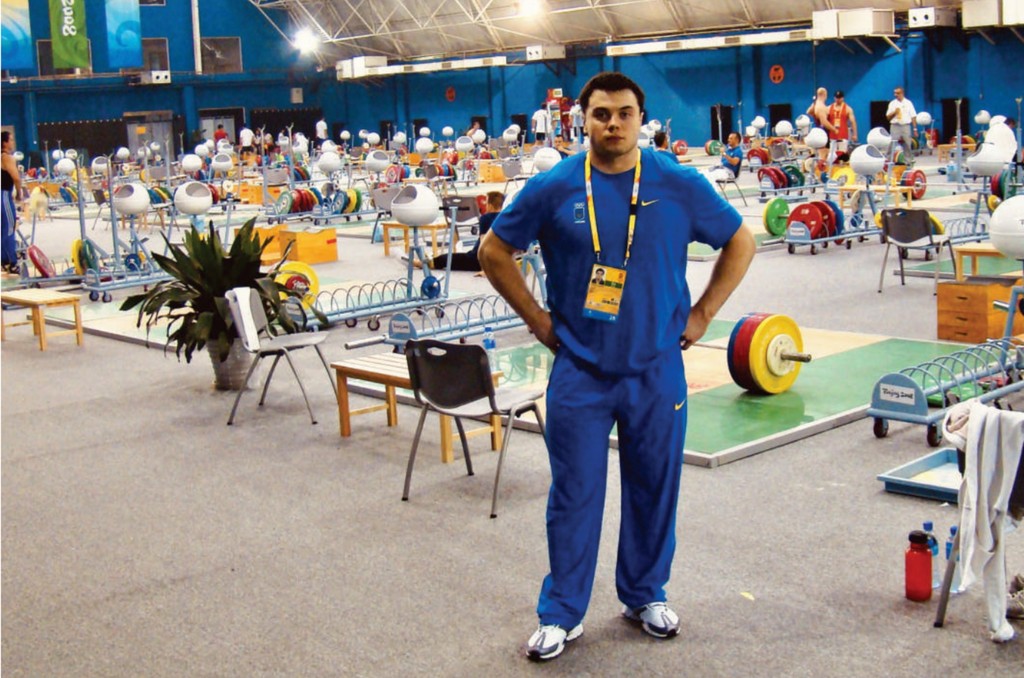
The weight scale will have an electronic display that both the weigh-in official and the participant will be able to view. The official will confirm your weight with you before documenting it on the official start sheet which you will sign or initial to verify that weight. Be prepared to strip down to your underwear when you weigh in. Sometimes you might have to weigh in completely naked to make weight. When successfully making weight for your category you will be asked to declare your first attempt weight for both the snatch and clean and jerk. Upon leaving the private area you will receive your participant number to attach to your singlet.
What to do after weighing in? The very first thing you should do after being weighed is to eat. You need to build a reserve of energy, but at the same time not to overeat so as not to get a feeling of heaviness. From the experience of communicating with high-level athletes, I can say that everyone has different preferences and there is no general formula. There are athletes for whom it is important to eat a rare steak, and others prefer chocolate paste with strong tea. The best formula for you is from your observations during the preparation stage. Eat an hour before the competition and use only the dishes and products that allow you to feel energy. It is not time to experiment by trying new products, dishes, or energy sources on the competition day. My coach always says on this topic of quick energy food: “The strong don’t need it and it won’t help the weak”.
After the weigh in, and eating, you need to relax and not burn off your energy. You should lie down, close your eyes and calm down – your emotions and your energy will be needed very soon, but not now.
The warm up area will be close to the competition platform but will be separated by curtains. Sometimes you will be able to enter the warm up area when the session before yours is in its last stages of their competition.
🔻12-Week Olympic Weightlifting Program by Oleksiy Torokhtiy
Transform your strength and technique with our 12-week Olympic Lifting Program, made up of 5 sessions per week.
It is designed by Olympic Champion for athletes who are looking to set new personal records safely in Snatch or Clean & Jerk.
Program details:
- 12 weeks + 2 bonus weeks
- 45-120 minutes per session
- 50+ specific exercises/98 video instructions
- Primary focus on Olympics Lifts
- Full access to all training content
- Weekly video coach instructions
Start now and boost your weightlifting results!
However, you should keep track of the amount of time before your session starts and have done any necessary warmup and stretching routine before gaining access into the warm up area. Entrance to the warm-up area happens 20-30 minutes before the start of your category. Be prepared at local level competitions as this time may be a bit chaotic with competitors sneaking into the warm up area before the allocated time. I advise you to go to the competition platform and visually get acquainted with the platform, the barbell and everything that will surround you when you go out for your first approach. While on the competition platform, I recommend finding a visual point in the hall that you will look at when you are in the starting position. This approach will allow you and your consciousness to make the situation more familiar, thereby feeling more confident on the first attempt.
The warm up area should have a platform for each participant. Your coach should have already viewed and reserved your area. According to the rules of international competitions, the number of the platform must correspond to the number of your participant number that you received during the weigh-in. At competitions of a regional scale, this rule is very often committed due to the limited number of platforms (the number of platforms is less than athletes, this leads to the fact that several athletes can warm up on each platform. In this case, I recommend that you or your coach come as early as possible to leave your bag or jacket on the platform, thereby indicating that the platform is occupied. In this case, you can choose a platform that is convenient for you. The most inconvenient platforms are considered to be platforms that are located nearby or look at the scoreboard. Since there is always a large number of coaches counting attempts nearby. I recommend, if there is such an opportunity, to choose a platform as far as possible from the exit to the platform and the scoreboard.
In my experience, it was normal that during the competition warm up that chalk slowly disappeared. Therefore, I strongly recommend having your own chalk.You can learn more about pre competition mental preparation and how to win weightlifting competition in my book COMPETITION DAY-X
Why Trust Us?
With over 20 years in Olympic Weightlifting, our team does its best to provide the audience with ultimate support and meet the needs and requirements of advanced athletes and professional lifters, as well as people who strive to open new opportunities and develop their physical capabilities with us.
By trusting the recommendations of our certified experts in coaching, nutrition, dietology, and sports training programming, as well as scientific consultants, and physiotherapists, we provide you with thorough, well-considered, and scientifically proven content. All the information given in the articles concerning workout programming, separate exercises, and athletic performance, in general, is based on verified data. We ensure that you can rely on our professionals’ pieces of advice and recommendations that can be treated as personalized ones which will benefit you and fully meet your needs.
The product testing process is described in more detail here
Author: Sergii Putsov
Head of Sport Science, PhD
Best Results: Snatch – 165 kg,
C&J – 200 kg
Sergii Putsov, Ph.D., is a former professional weightlifter and National team member, achieving multiple medals in the 94 kg weight category at national competitions. With a Master’s degree in “Olympic & Professional Sport Training” and a Sport Science Ph.D. from the International Olympic Academy, Greece, Sergii now leads as the Head of Sport Science. He specializes in designing training programs, writing insightful blog articles, providing live commentary at international weightlifting events, and conducting educational seminars worldwide alongside Olympic weightlifting expert Oleksiy Torokhtiy.






